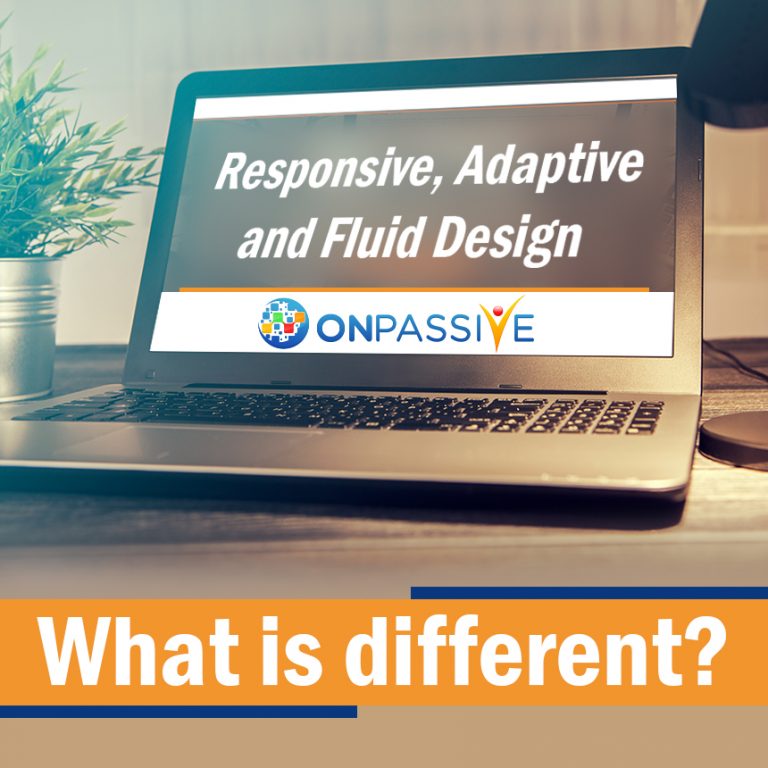
Hello there!
In the previous article, we have learnt about the differences between fixed, fluid and adaptive designs. Now, we will learn more about the crucial differences between responsive design, adaptive design and fluid designs!
In the world of web designing, it has changed frequently and continues to evolve and produce mobile-friendly designs. A website needs to be built according to certain fixed conditions, as it is built for larger screens. Website visitors should be able to access a functional version of your website, regardless of where the design is viewed.
Due to the prevalence of web design options, there are 3 main options which should be considered while designing which are:
- Responsive design
- Adaptive design
- Fluid design
All these types of web design styles have similar features with unique pros and cons, which can help you, decide on the style and design of your next website.
Let us take a closer look into the different types of design and you can understand what the major differences are between responsive, adaptive and fluid design.
What is Responsive Design?
- This type of website design is incorporated for websites, which are built with a responsive design, using media queries to target breakpoints.
- This design can help to scale images, wrap text and adjust the layout of the website so that the website can fit any size of the screen.
- Responsive web design is recommended and rewarded by Google.
What is Adaptive Design?
- Adaptive Design helps to detect the screen size and pulls out the appropriate static layout from a library of options.
- The benefits of using this design are that you can measure which views and resolution options.
- You can know which design options are working the best and can help to alter design and development for sizes which get the most traffic.
What is Fluid Design?
- Fluid design is another option for web designing and it has the same adaptability feature of responsive and adaptive websites.
- This type of design doesn’t use fixed units but uses the same percentage of space, regardless of the screen you’re viewing the site on.
- This type of design makes it feel more organic than other types of web designing styles.
- Another benefit of the fluid design is that it’s incredibly user-friendly and changes depending on the screen of the viewer.
In conclusion, you must pick the design which offers the best user experience to your website visitors. You must also consider whether you want to launch a new website or work on an existing one. Finally, you must pick a design which aligns perfectly with the goals of your organisation. We hope you found this article informative in making a good choice.


